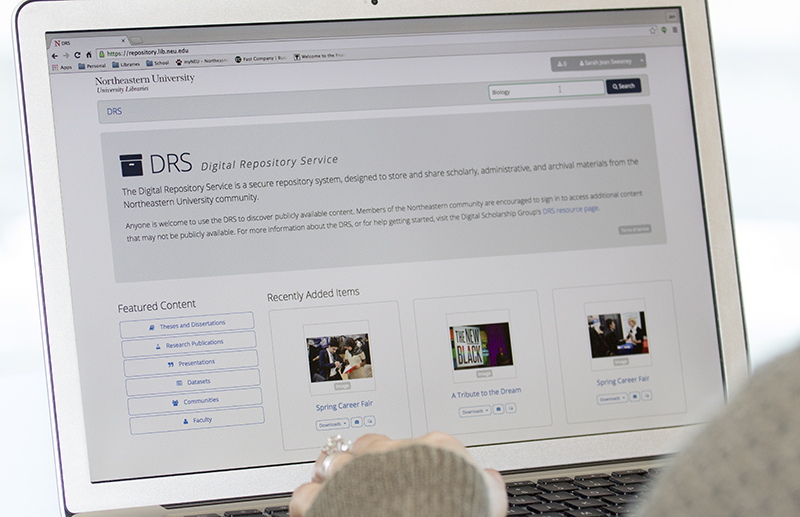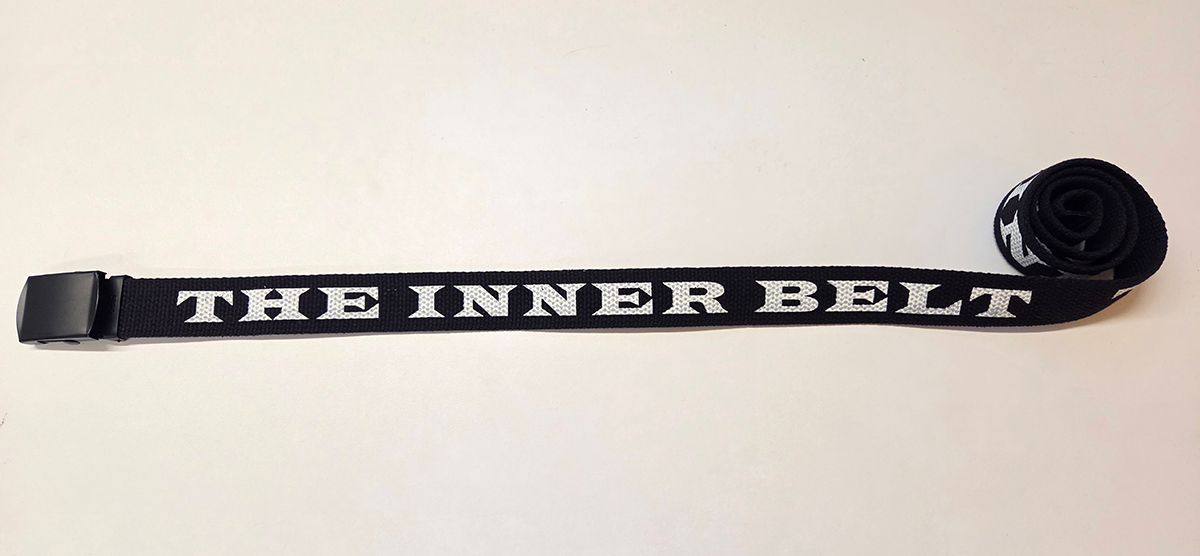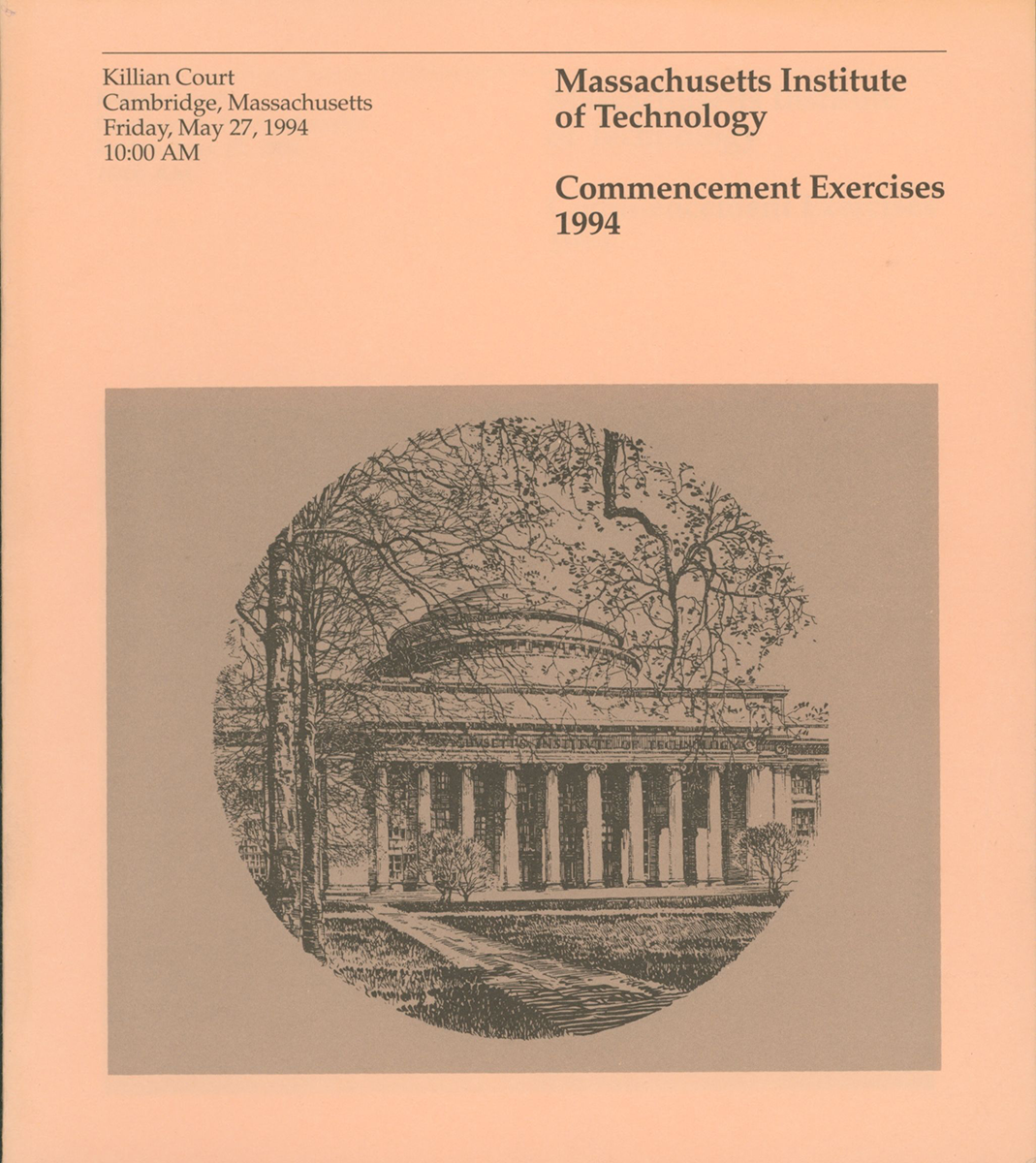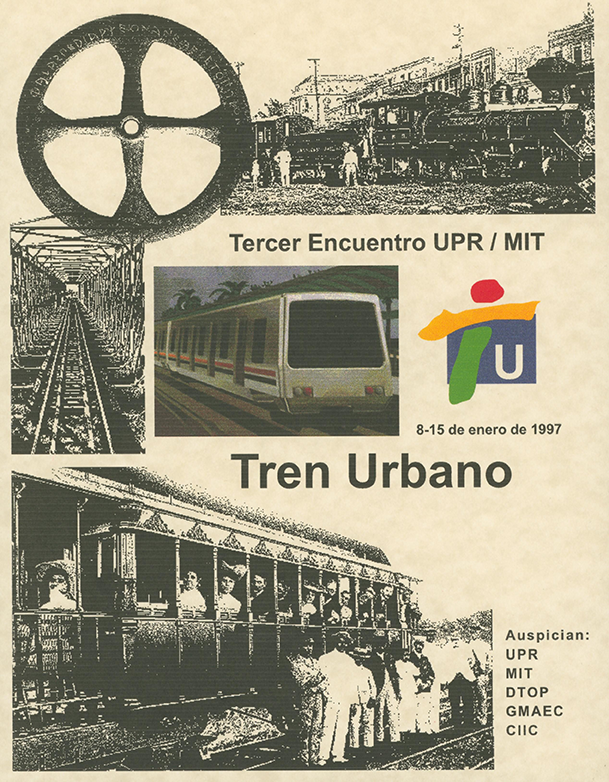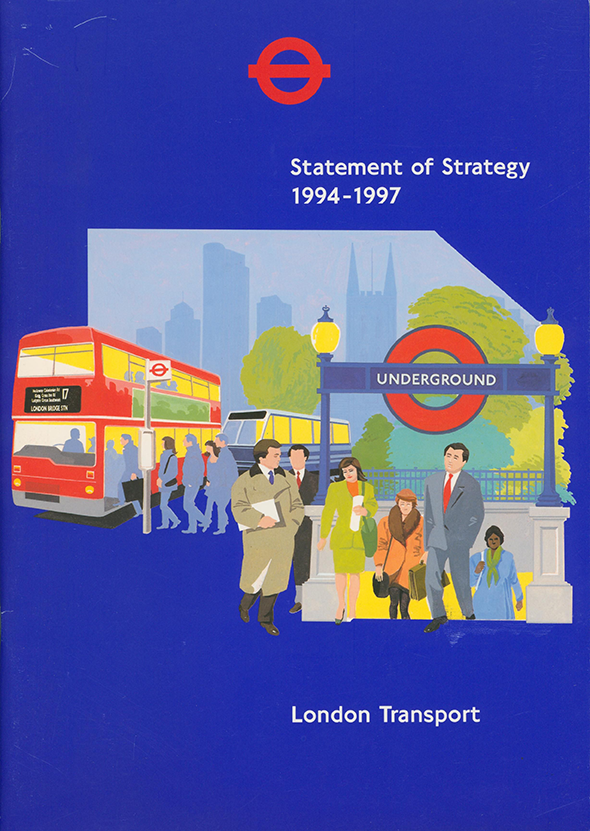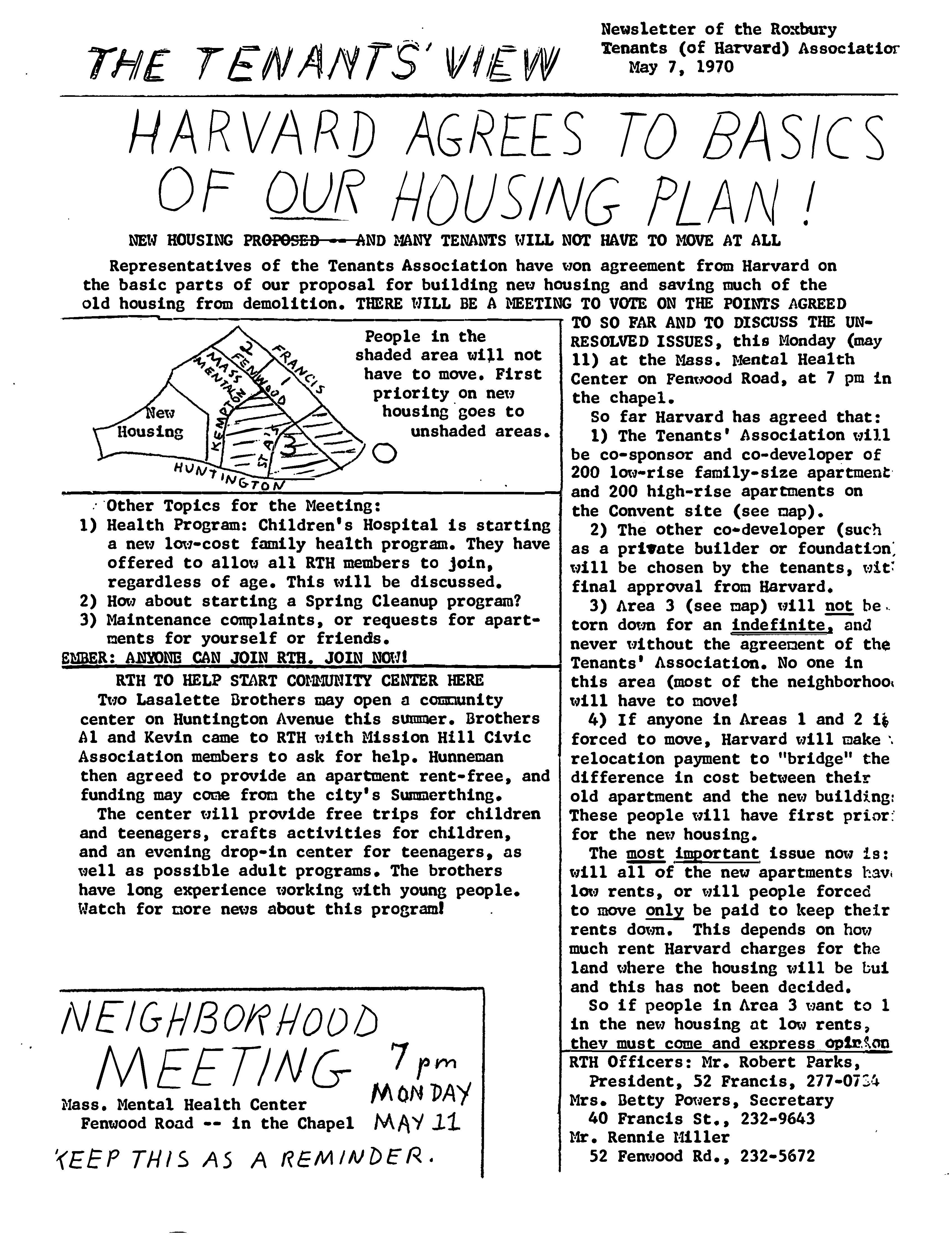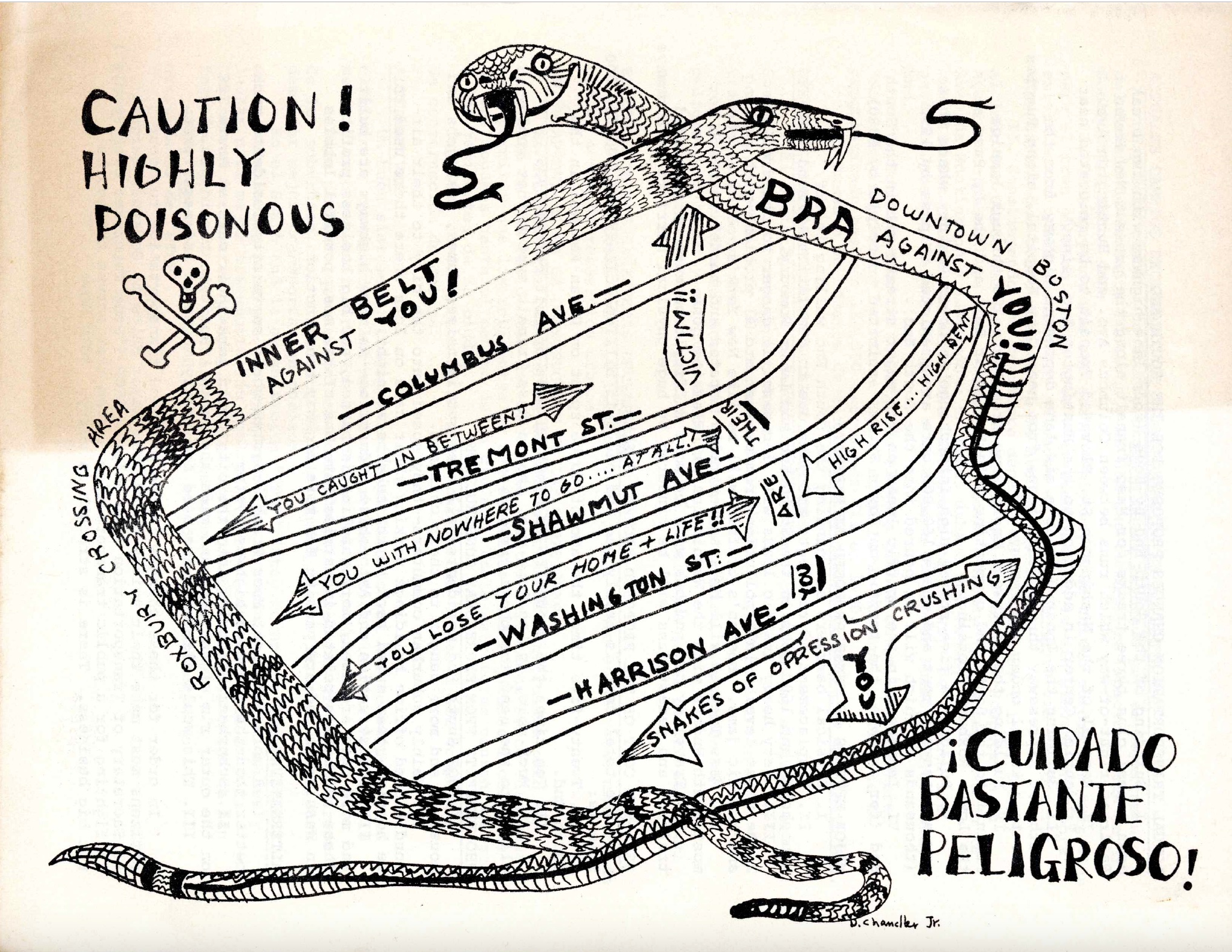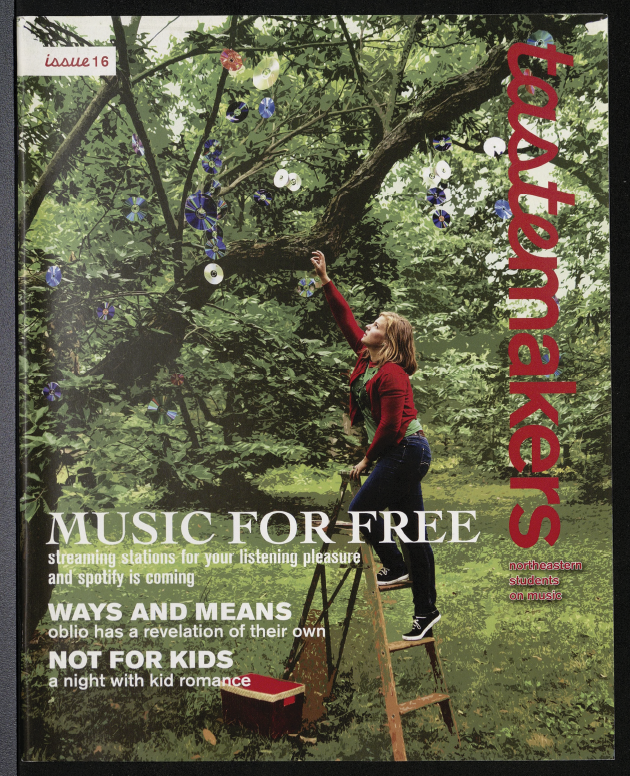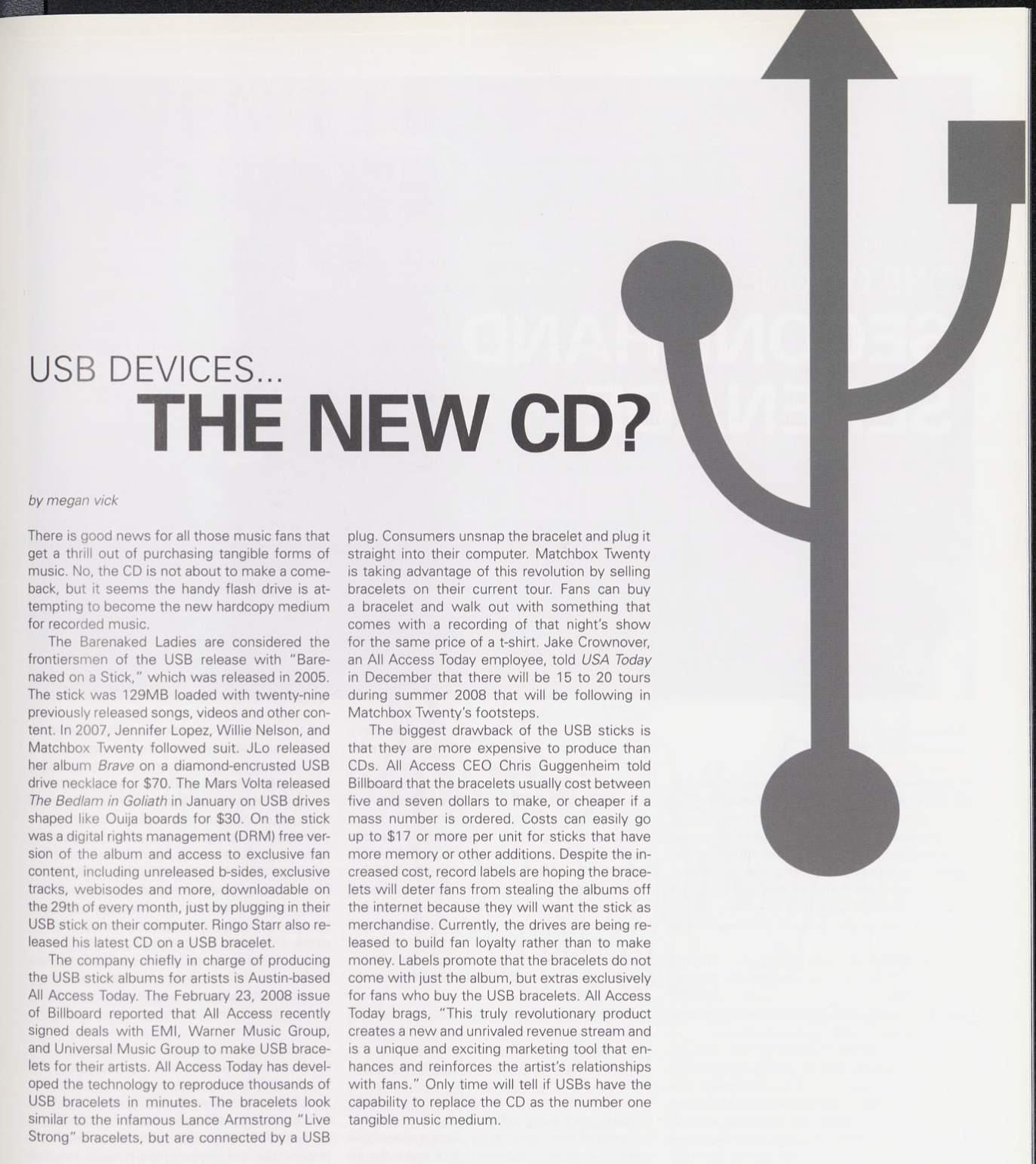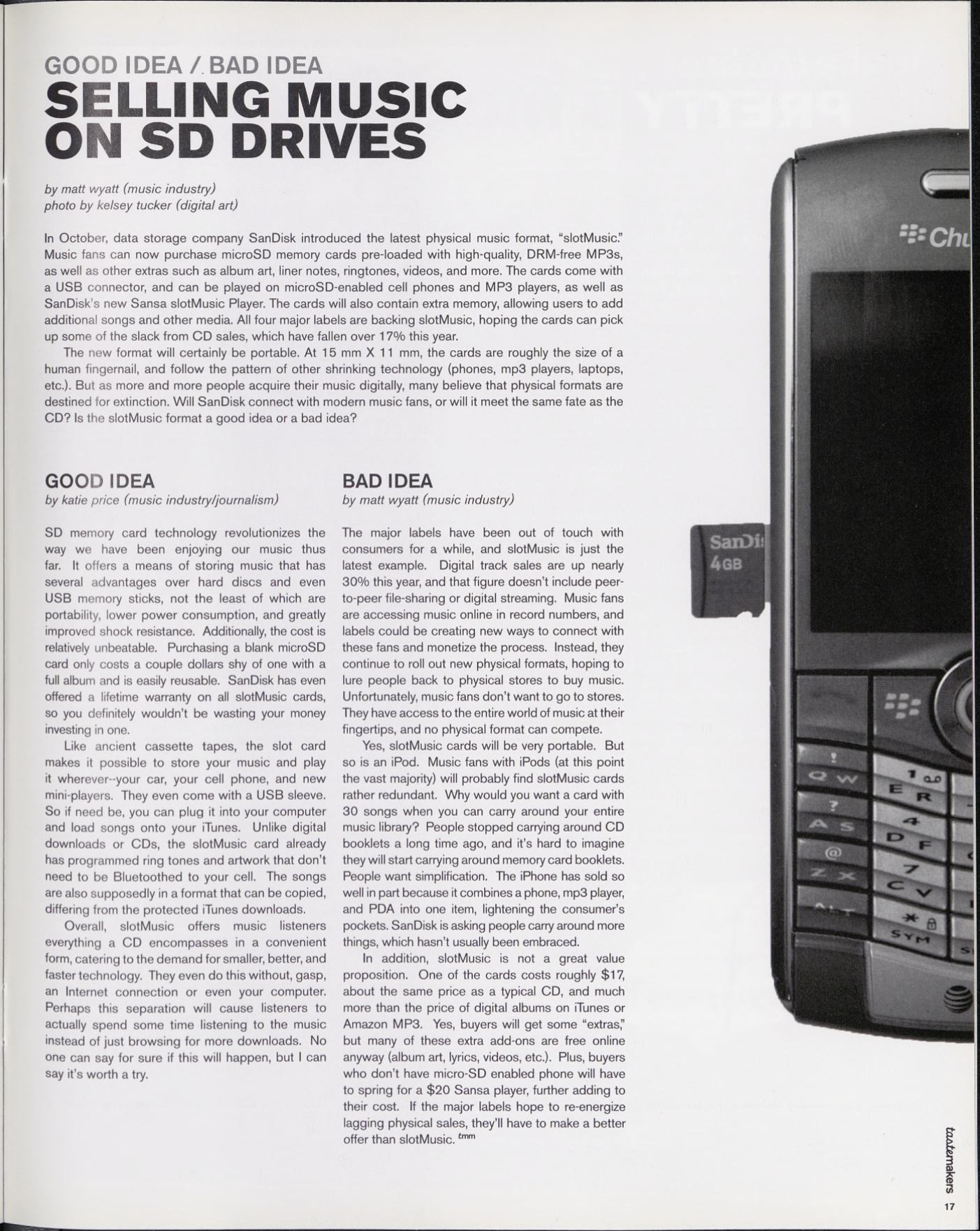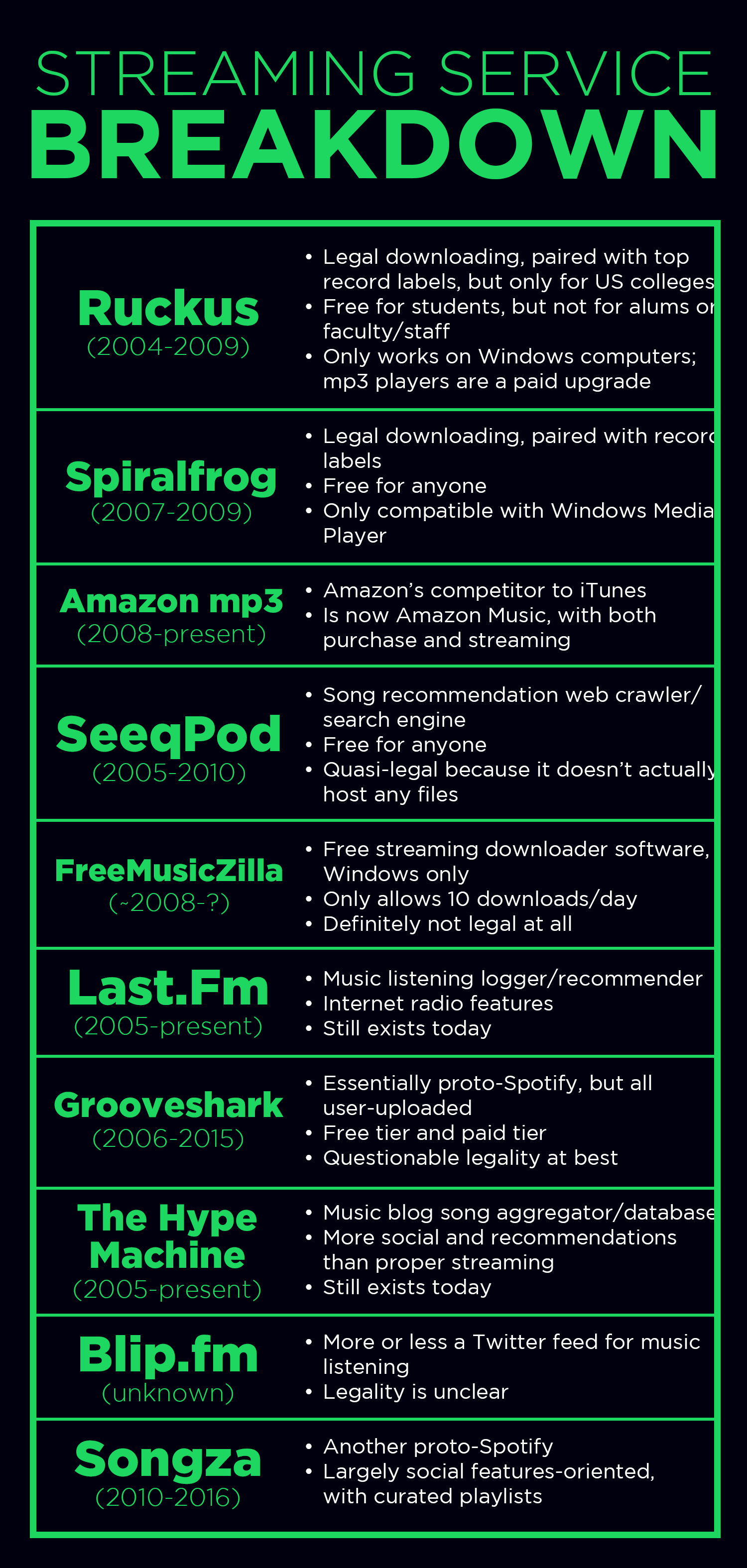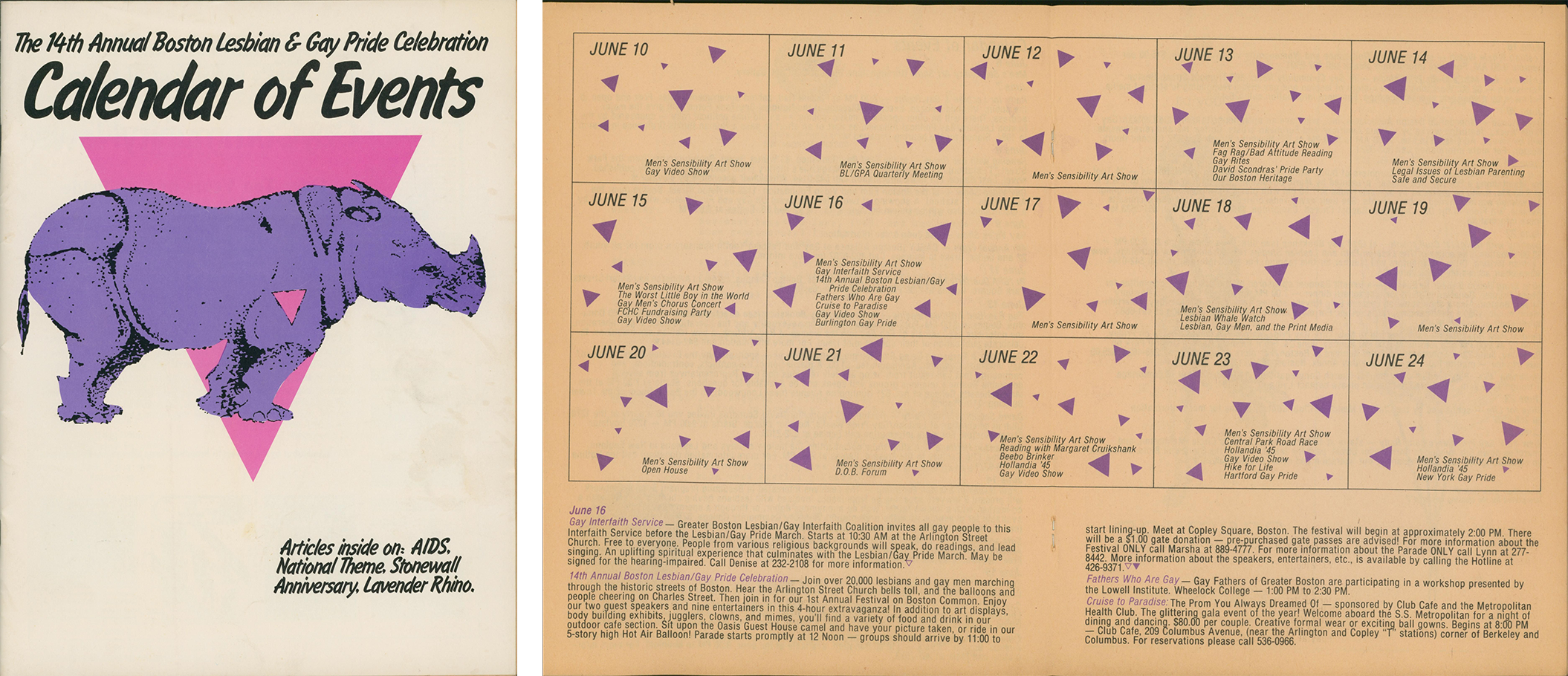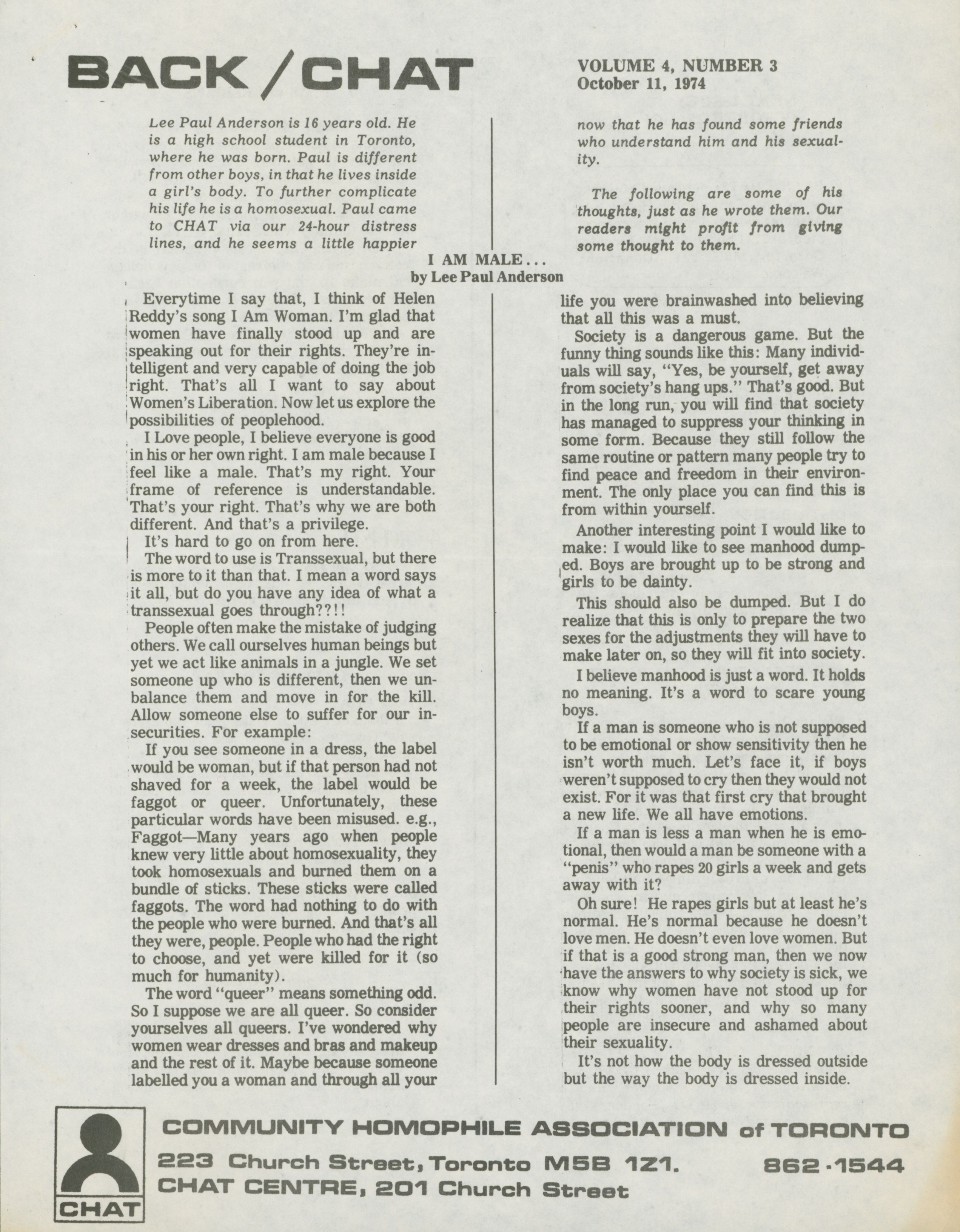A Decade of the Digital Repository Service
Northeastern University Library’s institutional repository, the Digital Repository Service, is celebrating 10 years of caring for the university’s scholarly, archival, and administrative high-value materials. From day one, the mission of the DRS has been to provide a long-term, sustainable home for the born digital and digitized content being produced by members of the Northeastern community.
More than just a technical system, the DRS is a service provided by the library to help solve a common problem for faculty, staff, students, researchers, and project teams: where can I store the digital output from my work? The DRS allows these projects developed at Northeastern to be maintained and shared with a wider audience. In addition to maintaining the DRS system, services provided by DRS staff include running training sessions, answering questions, consulting, and depositing files for users.
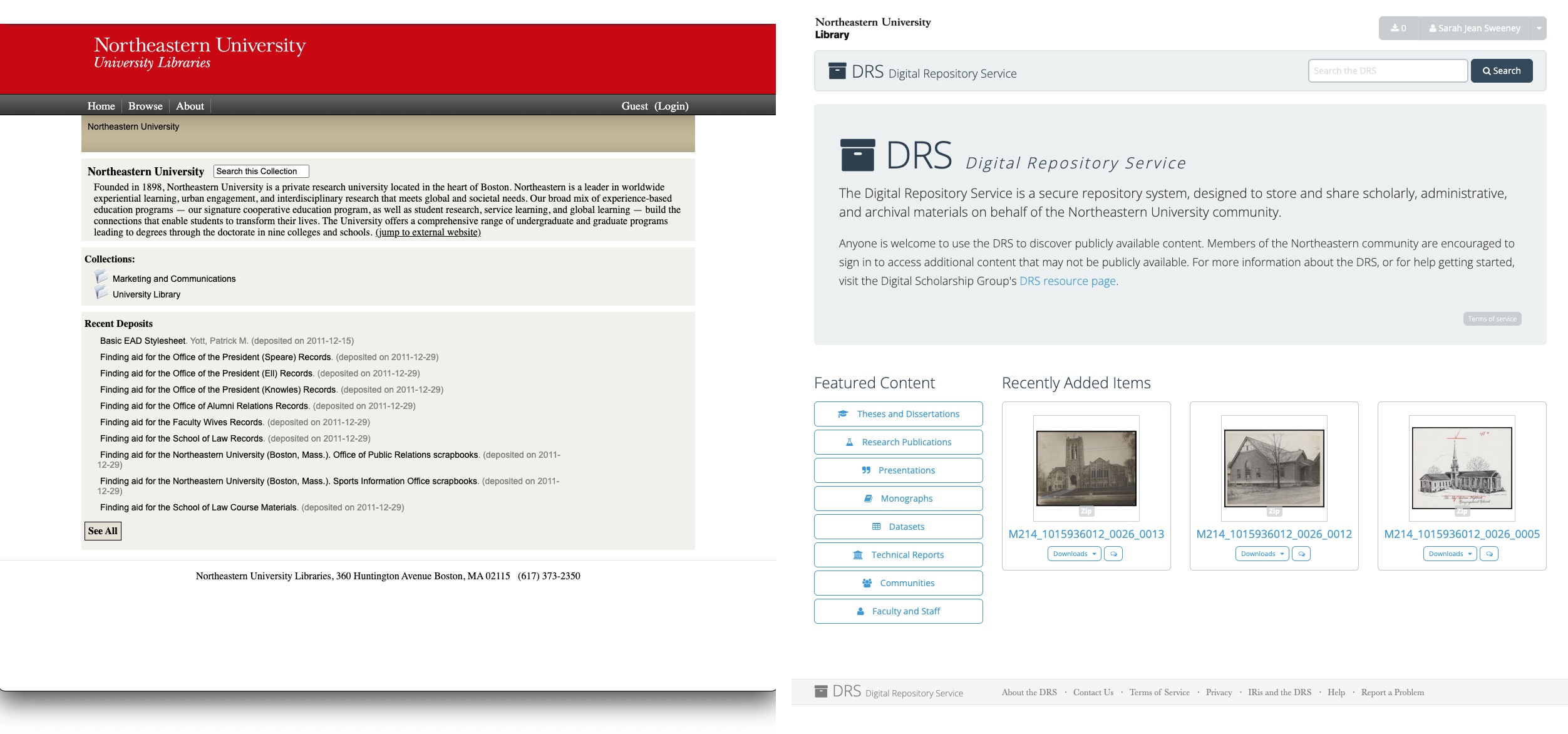
Originally developed as a prototype in 2011, the system was created by a library team — three developers, the repository manager, a Northeastern co-op, and a library administrator — with the goal of constructing a completely realized system ready for production. The first version was ready to be used fully by the Northeastern community in June 2015.
The DRS was launched with some rough edges, which were slowly smoothed into the system users are familiar with today. We have received tremendous response from users about the usefulness of the system, as well as thoughtful and constructive feedback about how the system can be improved (e.g. faster page load times, better search functionality, and more control over files, among others).
We have done our best to grow with the university community as its needs shift by increasing support for datasets, loading large batches of files on behalf of users and project teams, and tripling our original storage capacity, but there is always more to be done to meet the needs of our users.
The shape of the content stored in the DRS has shifted over the years, as well. Initially just for theses and dissertations, university photographs, and archival material, the DRS now fully supports various types of project materials for digital humanities research, datasets for researchers in various disciplines, oral histories, and many others.
Since its launch, DRS content has been viewed, downloaded, or streamed more than 1.1 million times, and we’ve had more than 13,000 members of the Northeastern community sign into the system. The DRS averages approximately 2,000 unique visitors and 4,000 views, downloads, and streams a day.
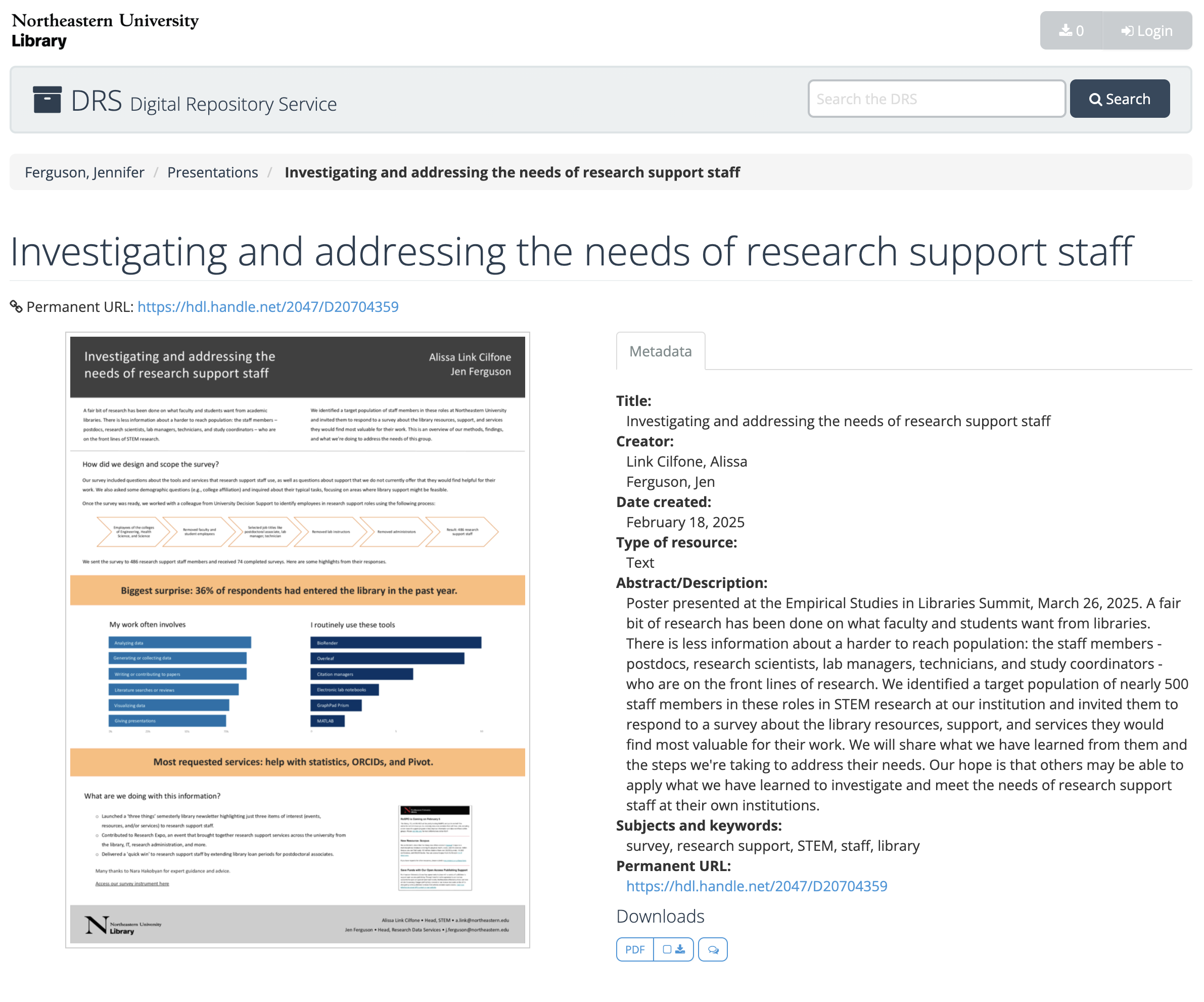
The success of the system can be attributed to the combined efforts of staff in many library departments, including development and system administration from Library Technology Services and Digital Infrastructures; outreach and faculty support from Research and Instruction; data management support from Research Data Services; issue triage and metadata collaboration with Resource and Discovery Services; and continual support and advocacy from library administration. And, of course, Digital Production Services, the department primarily responsible for maintaining the system and supporting the service through digital production, metadata maintenance, and user support.
The DRS is not the first system of its kind supported by the library. It adopted its first repository system in the early 2000s, followed by IRis in 2007. The library’s commitment to maintaining the scholarly output of the university was formed during those early years, a commitment we have refined and strengthened over the more than 20 years of dedicated support for faculty, staff, and students working to help fulfill the university’s mission. It’s been a great pleasure to support the Northeastern community in this way, and we look forward to the next 10 years and beyond.
